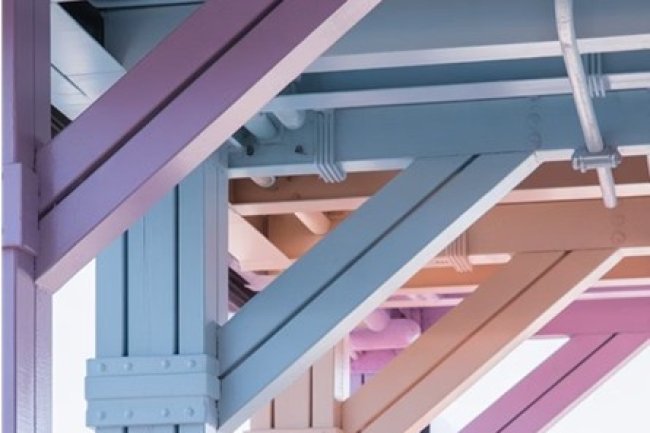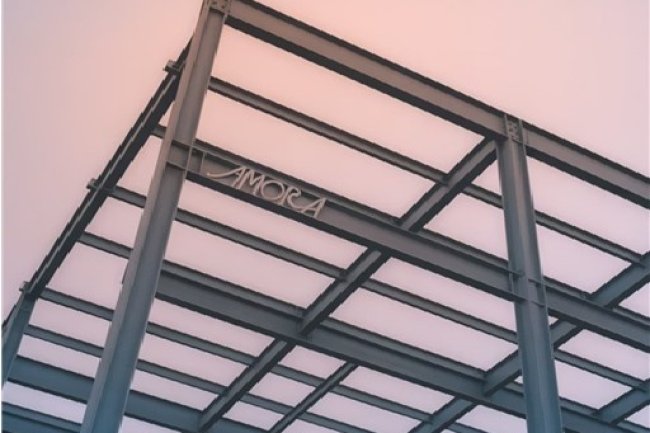Standard vs Custom Joist Design: What's the Difference?
This Blog provides the key differences between standard and custom joist designs in construction, helping you understand which option best suits your project needs. We'll examine the benefits, drawbacks, and decision factors that influence this important structural choice.

What Are Standard Joists?
|
Standard joists are mass-produced structural components made to common industry specifications. They are widely used in construction due to their availability and cost-effectiveness. Common types include:
These joists are ideal for conventional building projects that don’t require custom shapes or performance specifications. |
|
Key Differences: Structure & Performance
|
|
Standard Joists:
Custom Joists:
|
Cost and Lead Time Comparison
|
Standard Joists:
|
Custom Joists:
|
While standard joists offer immediate cost savings, custom solutions may provide better long-term value for complex projects.
Practical Benefits and Drawbacks
| Factor | Standard Joists | Custom Joists |
|---|---|---|
| Speed | Faster installation and procurement | Longer design and fabrication time |
| Flexibility | Limited to typical applications | Enables distinctive spans and spaces |
| Service Integration | Basic accommodations | Optimized for complex service routing |
| Modifications | Can be modified within limits | Difficult to alter after fabrication |
| Budget Impact | More economical for typical builds | Higher cost but potentially greater value |
The decision between standard and custom joists ultimately depends on your project's specific requirements, timeline constraints, and budget parameters.
Takeaway: Choosing the Right Joist
1. Assess Project Requirements
Standard joists meet most conventional building needs efficiently, while custom designs are essential when flexibility, unique spans, or specialized load handling is required.
2. Consider Total Value
Evaluate the complete picture beyond initial costs — custom joists may deliver greater long-term value through improved space utilization, better system integration, or enhanced structural performance.
3. Consult Early
Early collaboration with structural engineers and joist manufacturers can identify optimal solutions and determine if customization’s additional value justifies its higher cost and longer lead times.
Remember: The right joist choice balances immediate budget concerns with long-term structural performance and project functionality.
What's Your Reaction?


















